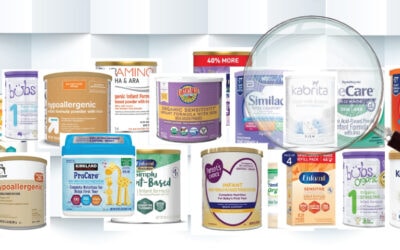(originally published on DrHoffman.com)
Poor childhood nutrition is one of the most critical problems that threatens the health, productivity, and even national security of America.
Time was, during the mobilization of young men that accompanied World Wars I and II, a high percentage of recruits were underweight and undernourished; they had to be fattened up on military fare to meet the basic physical requirements of combat-readiness.
Now, the armed forces face the opposite problem: too many volunteers are overweight and can’t pass increasingly lenient tests of endurance and stamina. The term “hunger” has been supplanted by “food insecurity”, which means that too many impoverished American families aren’t starving, but don’t have consistent access to good quality food.
The result: “Rates of new diagnosed cases of type 1 and type 2 diabetes are increasing among youth in the United States, according to a report in the New England Journal of Medicine (Incidence Trends of Type 1 and Type 2 Diabetes among Youths, 2002-2012). Type 2 diabetes increased at the rate of 7% annually, and the rate was especially high among non-white Hispanics, Blacks and Native Americans.
Nor is the problem restricted to less affluent or minority precincts. Junk food consumption abounds across all demographics. Even if it doesn’t produce overweight, it sets the stage for a myriad of inflammatory, allergic, and cardiovascular diseases, even childhood cancers. And it may impair the cognitive development of kids, resulting in an unprecedented rise in behavioral and developmental conditions like autism, ADHD, bipolar disorder, and childhood depression and anxiety. One study reveals that higher fruit and vegetable intake is linked to better mental health in secondary schoolchildren.
While some surveys suggest that Americans’ embrace of junk food peaked in the early 2000s and is now declining, a review in the American Journal of Clinical Nutrition finds the opposite. While, indeed, there were significant decreases in particular junk food categories (e.g. candy, cakes, and pies), they were offset by increases in other categories, especially snack and meal bars. This parallels a trend toward supplanting sugary soda with “energy drinks”, juice beverages, and diet soda.
Cereal bars and nutrition bars marketed as replacements for real food are endowed with a false “health halo” when labeled as “natural”, “organic”, “keto” or “high-protein”. I eat bars maybe 2 or 3 times a year when I need muscle glycogen for an endurance event like a triathlon. They are ill-suited to “tiding you over” when you’re too busy to sit down to eat real food.



